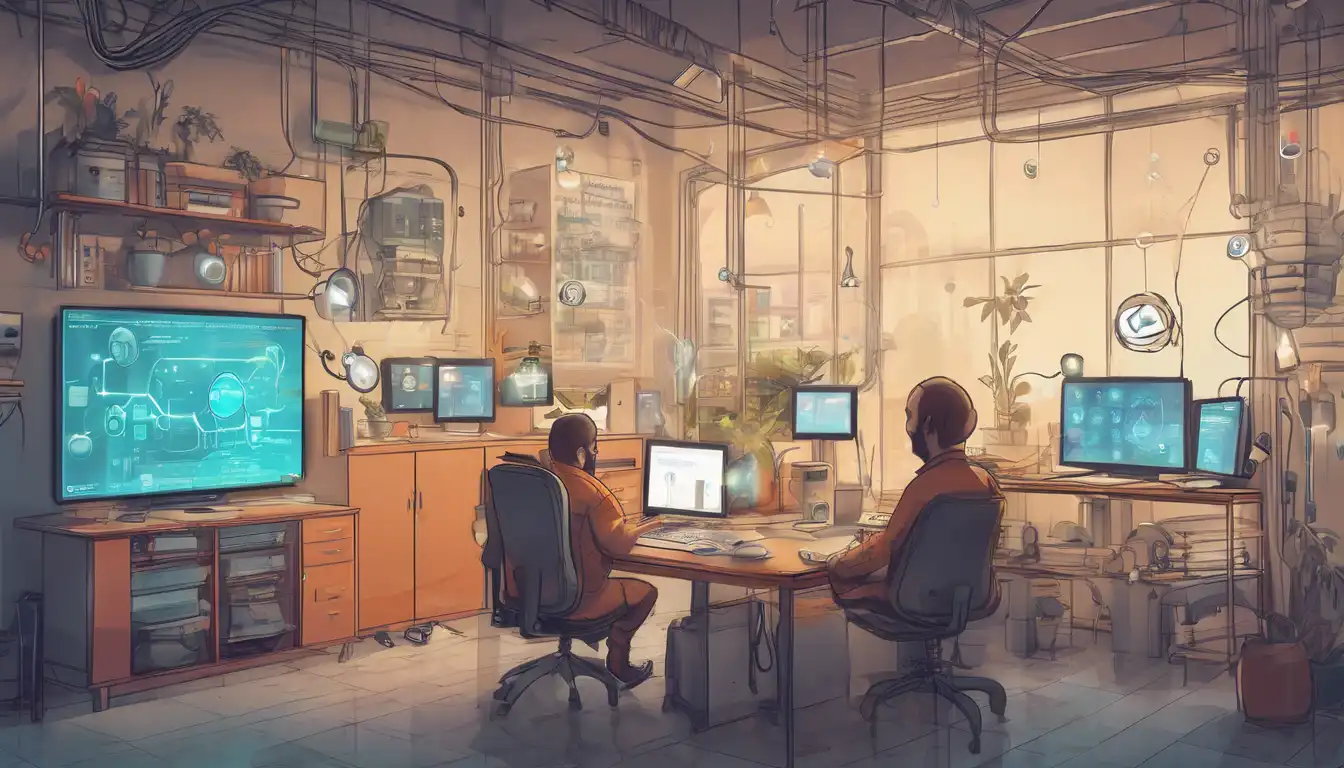Introduction to IoT Development
The Internet of Things (IoT) is revolutionizing how we interact with technology, making it an exciting time to dive into IoT development. Whether you're a seasoned programmer or a curious beginner, this guide will help you take your first steps into the world of IoT.
Understanding IoT
IoT refers to the network of physical devices connected to the internet, collecting and sharing data. From smart thermostats to wearable health monitors, IoT devices are becoming increasingly prevalent in our daily lives.
Getting Started with IoT Development
To begin your journey in IoT development, you'll need a basic understanding of programming languages such as Python or JavaScript, and familiarity with hardware like Raspberry Pi or Arduino. Here's a step-by-step guide to get you started:
- Choose Your Hardware: Select a microcontroller or single-board computer that fits your project needs.
- Learn a Programming Language: Python is highly recommended for beginners due to its simplicity and wide support in the IoT community.
- Experiment with Sensors: Start with basic sensors like temperature or motion detectors to understand how data is collected and processed.
- Connect to the Internet: Learn how to send data from your device to the cloud using APIs or IoT platforms.
- Build Your First Project: Apply what you've learned by creating a simple IoT project, such as a weather station or smart light.
Tools and Platforms for IoT Development
Several tools and platforms can accelerate your IoT development process. Here are a few to consider:
- Arduino IDE: A great starting point for beginners working with Arduino boards.
- Raspberry Pi: Offers more computing power for complex projects.
- Node-RED: A flow-based development tool for visual programming.
- AWS IoT: Amazon's cloud platform for IoT, offering scalable solutions.
Challenges in IoT Development
While IoT development is rewarding, it comes with its set of challenges, including security concerns, data privacy, and device interoperability. It's crucial to address these issues early in your development process to ensure the success of your projects.
Next Steps
After mastering the basics, consider exploring more advanced topics like machine learning integration or edge computing to take your IoT projects to the next level. Joining IoT communities and forums can also provide valuable insights and support.
IoT development is a vast and evolving field, offering endless opportunities for innovation. By starting with the fundamentals and gradually tackling more complex projects, you can become proficient in creating connected devices that make a difference.
